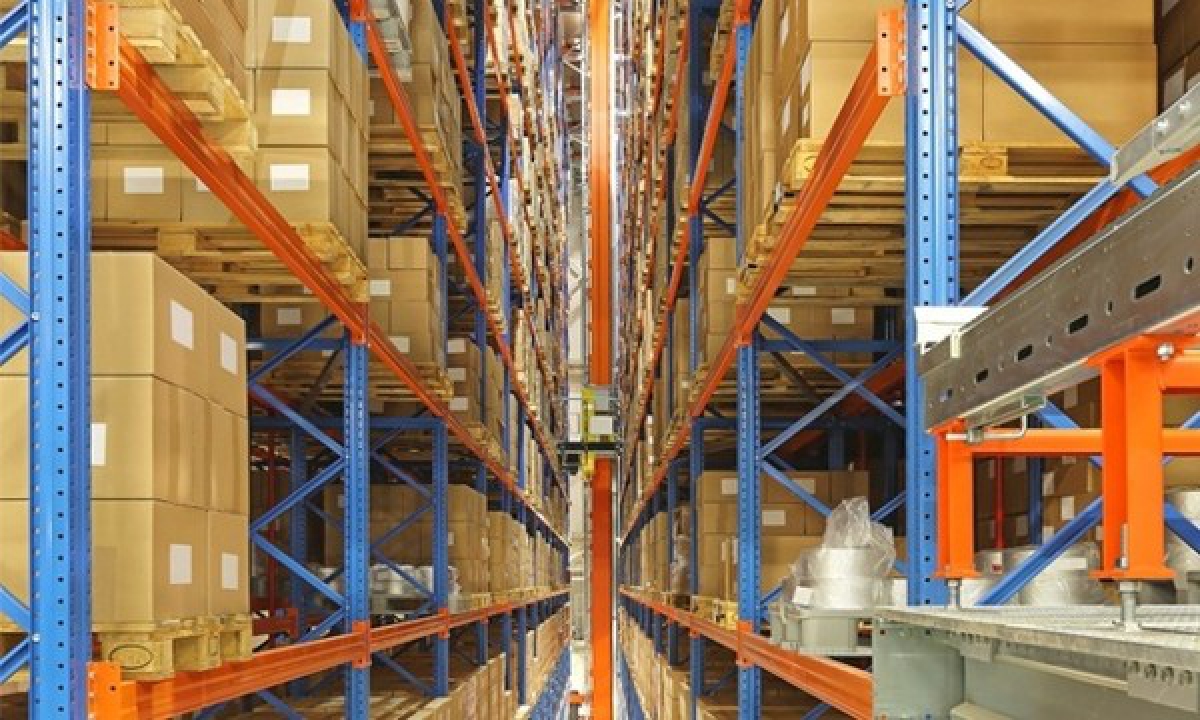ASRS Slabs and the Need for Proper Rebar Location
Automated Storage and Retrieval Systems (ASRS) are becoming more and more prevalent these days. Since there’s less space for new warehouses, distribution centers and other industrial facilities to work with, builders need to go higher and higher to maximize the facility’s production potential. An ASRS can also handle complex tasks, increase efficiency and lower labor costs, so it’s no surprise that they’re gaining in popularity.
ASRS buildings have taller racks narrower aisles than the average warehouse facilities, so they require a special type of concrete floor design to handle the weight as well as the automated forklift equipment. ASRS floors need to have thicker slabs, double rebar reinforcing and unmatched durability.
Why Rebar Location Is Important
The rack bolt penetrations are so deep for ASRS buildings, and the rack loads are so extreme, that the slab requires twice the amount of rebar. Rebar coverage is the space between the top of the floor and the top of the rebar layer, and the bolt penetrations are deeper than the rebar coverage. You must locate the rebar to miss those penetrations. Proper rebar location avoids interference from rack mounting.
To determine rebar locations, the designer provides the floor contractor with the rack layout and bolt locations. It’s not an easy task and requires a lot of preparation from the concrete floor contractor, but it’s extremely important.
Other Important Aspects of an ASRS Slab
Rebar location isn’t the only important aspect of ASRS slab installation. They should also be constructed in strips to ensure a high degree of flatness. The floor contractor should also take great care and consideration when optimizing the local materials to obtain the best possible concrete mix design — with an emphasis on low shrinkage, finishability, and durability.
The floor contractor should place the concrete at a proper slump and a low water-to-cement ratio to reduce shrinkage and ensure life-long flatness. Other critical steps include performing the initial strike-off (with either a truss screed or a laser screed), floating the slab and proper techniques to obtain the high flatness requirements of an ASRS floor. Finally, proper timing and direction of the trowel machine patterns should produce a dense, burnished-steel trowel finish that is flat, light reflective and extremely durable and abrasion resistant.
In the end, an industrial concrete floor should be constructed to the highest specifications standards required for an Automated Storage and Retrieval System. Proper rebar location is a big part of that and key to ASRS performance.

